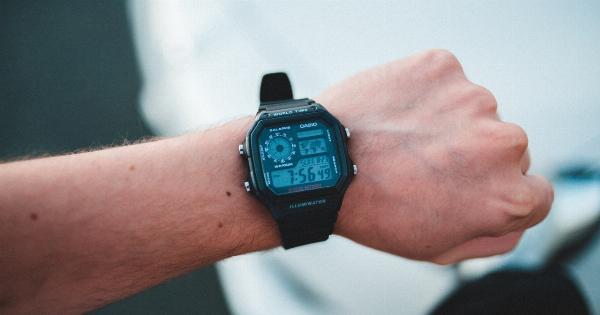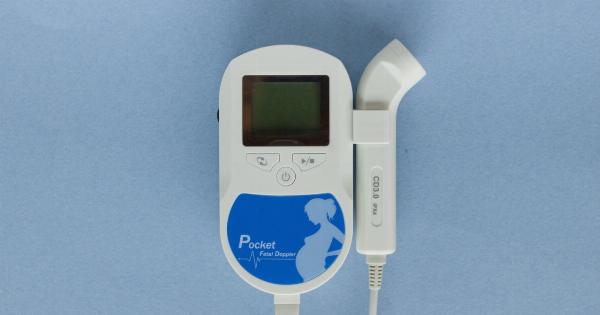Vitamin D is an essential nutrient that plays a crucial role in maintaining overall health and ensuring proper functioning of the body.
It is often referred to as the “sunshine vitamin” because the human body can produce it when the skin is exposed to sunlight. However, despite the importance of this nutrient, many people suffer from vitamin D deficiency, which can lead to a range of health problems. This article aims to explain what vitamin D deficiency is, its causes, symptoms, and how it can be treated.
What is Vitamin D Deficiency?
Vitamin D deficiency occurs when a person’s vitamin D levels are lower than normal. The optimal level of vitamin D is usually considered to be between 30 and 100 ng/mL, while a level below 20 ng/mL is considered deficient.
Vitamin D deficiency is common in both adults and children, especially among those living in regions with low sunlight exposure, people with darker skin, and those who follow a strict vegetarian or vegan diet.
Causes of Vitamin D Deficiency
The primary cause of vitamin D deficiency is a lack of exposure to sunlight.
This is often the case for people who live in areas with little sunlight, such as northern latitudes, or those who spend very little time outdoors, such as office workers and people who are homebound.
Another cause of vitamin D deficiency is a diet low in vitamin D. Vitamin D is naturally found in some foods, including fatty fish, egg yolks, and fortified milk and cereal.
However, people who follow a vegetarian or vegan diet may not get enough vitamin D from their food alone as it is mostly found in animal-based food sources.
Additionally, vitamin D deficiency can occur due to underlying medical conditions that affect the body’s ability to absorb and process this nutrient.
Some of these conditions include celiac disease, Crohn’s disease, and liver or kidney diseases.
Symptoms of Vitamin D Deficiency
Many people with vitamin D deficiency may not experience any symptoms, especially in the early stages. However, as the deficiency worsens, it can lead to a range of symptoms, including:.
- Fatigue and weakness
- Depression and mood swings
- Bone pain and muscle weakness
- Impaired wound healing
- Hair loss
- Low immunity
- Rickets in children or osteomalacia in adults (softening of bones, causing bone pain and muscle weakness)
Diagnosing Vitamin D Deficiency
A simple blood test can determine whether a person has vitamin D deficiency. A healthcare provider will take a sample of blood from the patient and test it for the levels of vitamin D.
If the levels are found to be low, it is likely that the person has a vitamin D deficiency.
Treating Vitamin D Deficiency
The treatment of vitamin D deficiency depends on the severity of the deficiency and its underlying cause. The most common way to increase vitamin D levels is through regular exposure to sunlight.
Spending 15-20 minutes in the sun each day, with face, arms, and legs uncovered, can help the body to produce vitamin D naturally. However, this may not be possible for people who live in regions with little sunlight or have certain health conditions.
Another way to increase vitamin D levels is through dietary changes. Foods that are high in vitamin D, such as fatty fish, egg yolks, and fortified milk and cereal, can be added to the diet.
Vitamin D supplements may also be helpful, especially in cases where the deficiency is severe or the underlying medical condition makes it difficult to absorb vitamin D from the diet.
Preventing Vitamin D Deficiency
The best way to prevent vitamin D deficiency is through a combination of sun exposure, a healthy diet, and taking supplements if necessary. Spending time outdoors each day can help the body to produce vitamin D naturally.
Eating a diet that contains foods high in vitamin D or fortified with vitamin D, such as fatty fish, milk, and cereal, can also help to prevent vitamin D deficiency.
If you are concerned that you might be at risk for vitamin D deficiency, talk to your healthcare provider. They can help you to determine your level of risk and provide guidance on the best ways to ensure that you are getting enough vitamin D.






























